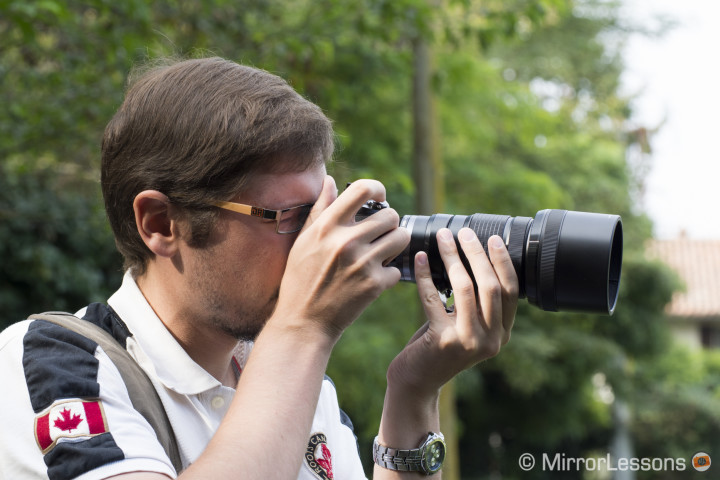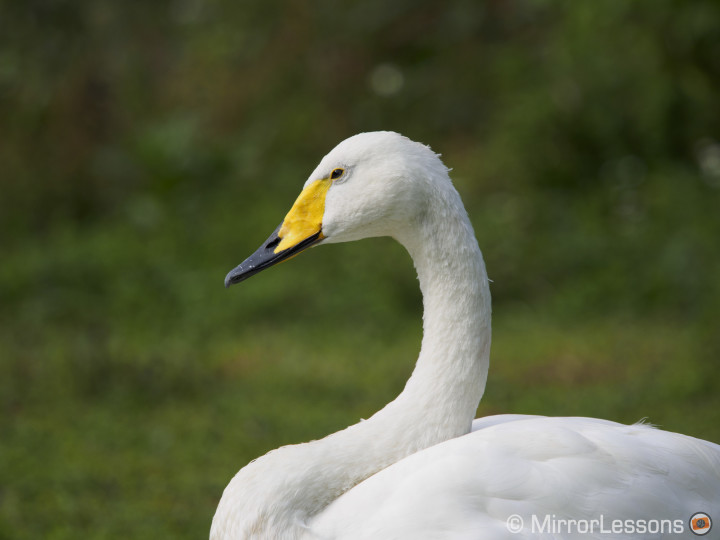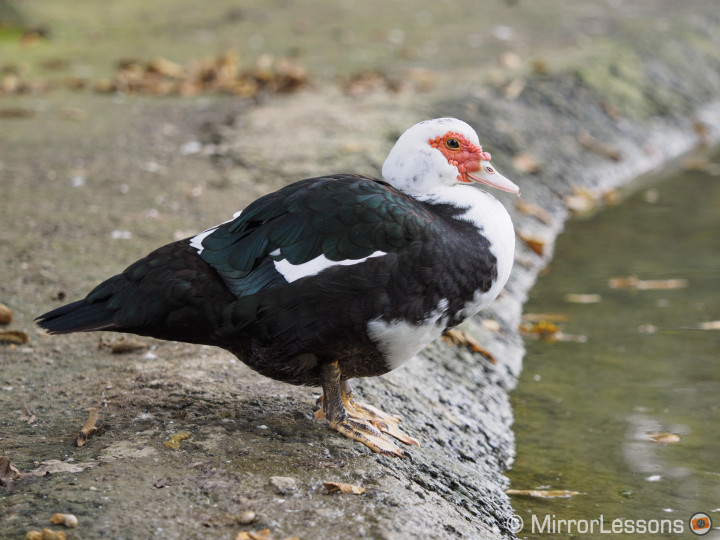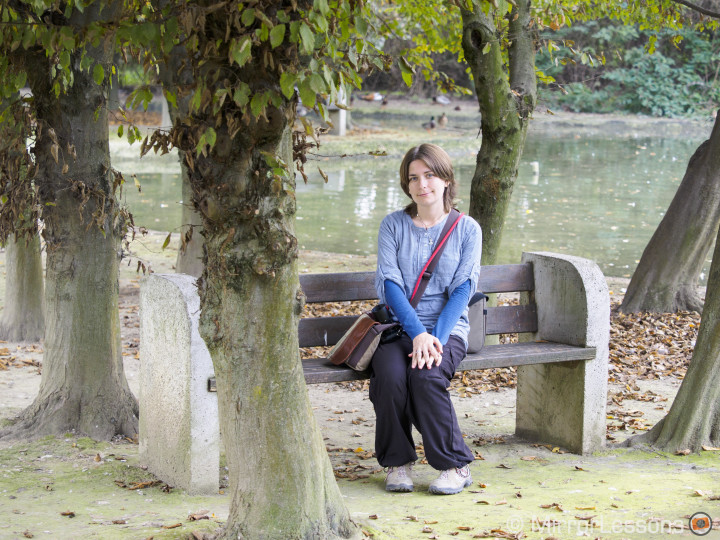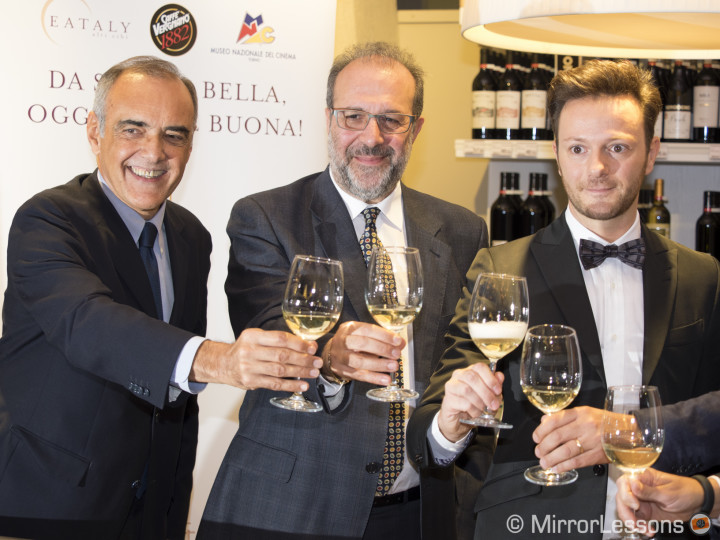Update: check out our complete review about the 40-150mm Pro!
After two hands-on videos, we can finally share a first impressions from the field about the highly anticipated 40-150mm PRO zoom lens. We received a sample to test a few days ago and I used it the very same night for a contemporary dance show. Then, the day after we paid a visit to the Stork and Anatidae Wildlife Center in Racconigi near Turin. In between, some pictures taken for random jobs allowed me to gather together some thoughts about the new telephoto zoom.
Since I can keep it for another week and a half, I will share with you my thoughts from the first days of use. Just as a reminder, the lens covers the equivalent focal length of 80-300mm in 35mm format, is weather and freeze proof, and has a new dual linear focus motor. The MC-14 is a 1.4x teleconverter (112-420mm), the first designed for a MFT lens.
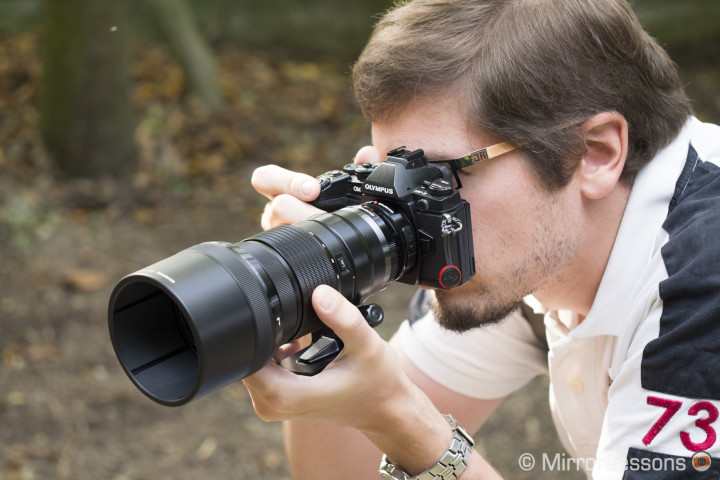
- The build quality is fantastic: everything you would expect from a lens labeled as “professional”.
- Don’t be fooled by the hood and the tripod mount. Yes, it is the biggest MFT zoom lens but it is still compact for what it does. I am using it on purpose without the OM-D E-M1 battery grip to see how comfortable it is and so far I have no complaints.
- It is sharp at f/2.8 and capable of rendering a very nice bokeh depending on the focal length used, the distance from the subject and the distance of the background from the subject.
- Autofocus is really fast on the E-M1 and almost totally silent. You need to put your ear near to the lens to hear the focus motor. In low light, it has more difficulty at the longest focal lengths.
- MC-14: the fastest aperture is f/4 so you lose one stop. At f/4, it seems slightly softer than at f/2.8 without the teleconverter, but becomes sharper from f/5.6. The autofocus performs the same but you can get some back and forth behaviour at the longest focal length.
Impressions 01: wildlife
Due to the nature of the lens and the new MC-14, I was really curious to test the lens in a wildlife environment to see how well the E-M1 plus lens combo could work for this genre of photography. I am not a wildlife photographer but the layout of the park made it really easy to photograph the birds. There were many different kinds of birds, including very small ones. To be able to shoot some of them, you might need an even longer lens and more importantly, vast knowledge about their behaviour. In this field, I am a rookie really.
The first thing I noticed for sure was that the 5-axis stabilisation reaches its limits really quickly, especially with the MC-14, which of course makes sense since you are shooting at 400mm (equivalent). Due to the cloudy day, I almost always had to keep a fast aperture and even raise the ISO a little when in the shade.
Update: after running some low shutter speeds tests, I can say that the 5-axis stabilisation can work really well and that the results can be altered by either the photographer’s position or some shutter shock. More about this in the final review to come.
All the pictures are full resolution JPGs converted from RAW files with minor adjustments. The first examples below were taken with the MC-14 teleconverter.



And below a couple of 100% crops.



Now we continue with a series of pictures taken without the MC-14, mainly at the fastest f/2.8 aperture.


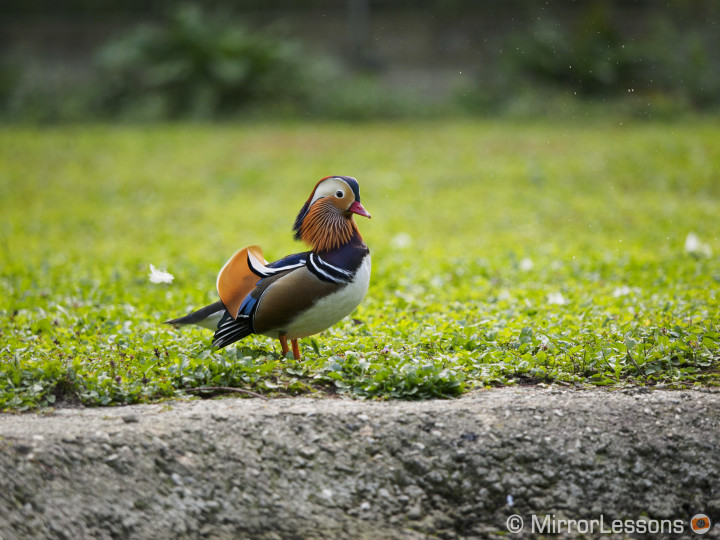
You need faster shutter speeds to ensure sharpness and using a tripod is recommended. The lens can be very sharp at f/2.8 but the pictures can of course be more subject to micro shakes. See a couple of 100% crop examples below.


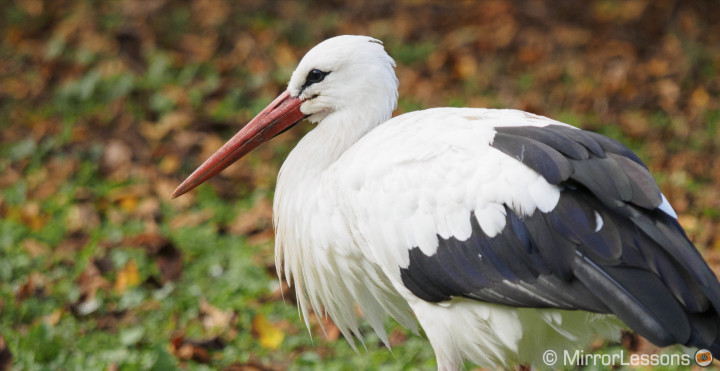
Impressions 02: portraits
I took the occasion to shoot some portraits of Heather. The zoom range suggests it can be a very versatile lens for events, weddings, portraits and wildlife. Portrait photographers will certainly prefer the Nocticron 42.5mm f/1.2 or the M.Zuiko 75mm f/1.8 also because an f/ 2.8 aperture might not look as nice on a MFT sensor. But if you take advantage of the 150mm, you can get really nice results and overall I really like the look and rendering of the lens.


Another interesting aspect is the minimum focussing distance of 70cm (maintained with the MC-14) throughout the entire zoom range. The eye close up below is not a crop!


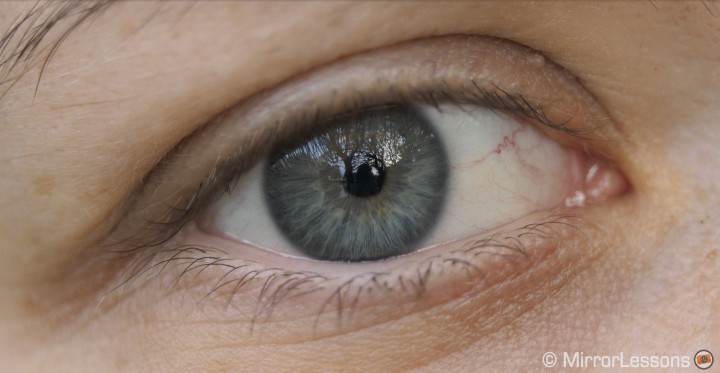
Impressions 03: random work and low light
As I said before the lens can focus quickly and it does so even in low-light conditions depending on the situation and the camera’s capabilities of course. The contemporary dance show that I shot had worse lighting than usual and as a result, the E-M1 also had more trouble than usual. Especially at the longest focal length, the combination of fast movements and poor light on the front of the subjects produced some out-of-focus results. I also experienced the occasional back and forth movement of the lenses here as well, especially near 150mm. But overall my first impressions in low-light situations are positive. I cannot share lots of pictures yet but below you can find two samples.

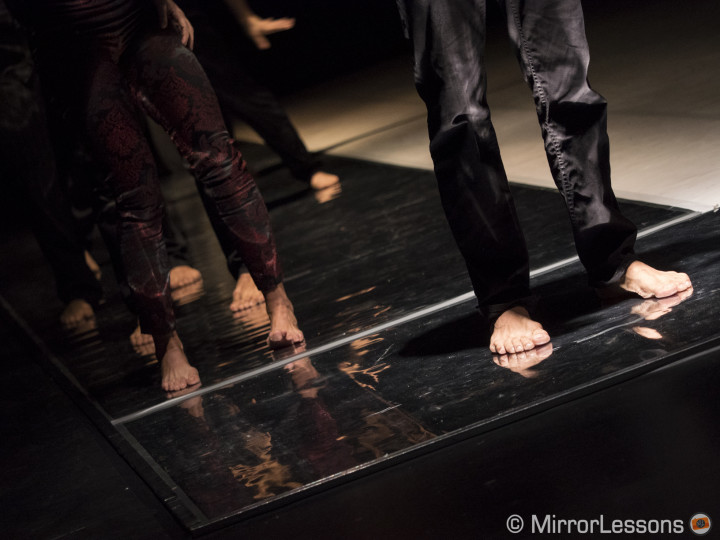
Finally, here is a gallery of random pictures taken during the last few days for different events.

Impressions 04: video shooting with the Panasonic GH4
At the Racconigi wildlife park I couldn’t resist shooting some 4K footage with this lens. I find it equally interesting for stills as for video and the addition of the MC-14 might be interesting for many filmmakers. I also tried the autofocus and with the GH4 in AF-C I has some issues with the camera not following the subject as it should. That said, I don’t have the latest GH4 firmware installed so I will reserve comments about it for the final review.
Update: with the latest firmware and more video tests, the lens works fine in AF-C with the GH4. See the video here.
Below you can see a short video that I edited. The images were shot in Cinema 4K at 24fps with the CineV-Like profile. It was edited and slightly colour graded with Adobe Premiere Pro CC.
Early conclusions
I think that the image samples speak for themselves. The 40-150mm PRO zoom lens can deliver impressive results in terms of sharpness and bokeh and proves to be a very versatile lens especially with the MC-14 teleconverter. There are many usages I can think of.
Certainly it is the biggest MFT lens ever designed for the system and while it is still small considering the focal length range, it is an unusual size for MFT shooters. I can fit it inside my camera bags without any issue so it isn’t a drastic change. But certainly depending on the kind of photography you do, you might wonder if it is really worth having a lens of this size, and more importantly, how much more it can give you in comparison to the [easyazon_link asin=”B009CNILX4″ locale=”US” new_window=”default” nofollow=”default” tag=”easyazon-textlink-20″ add_to_cart=”default” cloaking=”default” localization=”default” popups=”default”]Lumix 35-100mm f/2.8[/easyazon_link], whose size certainly represents the best of a MFT lens: high quality in a tiny package.
Check out our in-depth complete review about the 40-150mm Pro and our comparison with the Lumix 35-100mm f/2.8!




